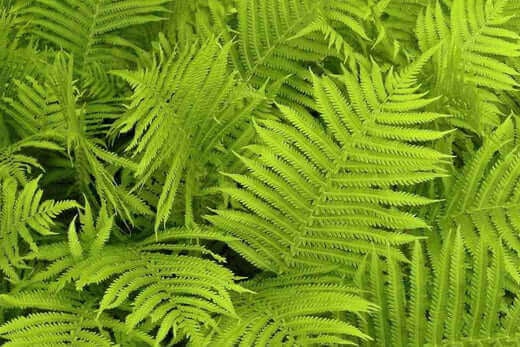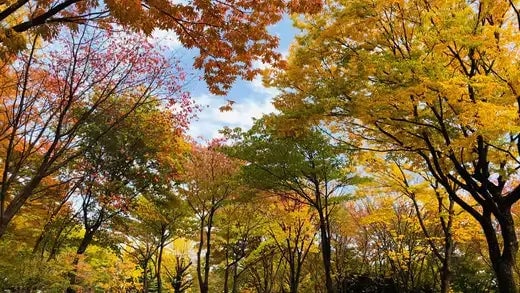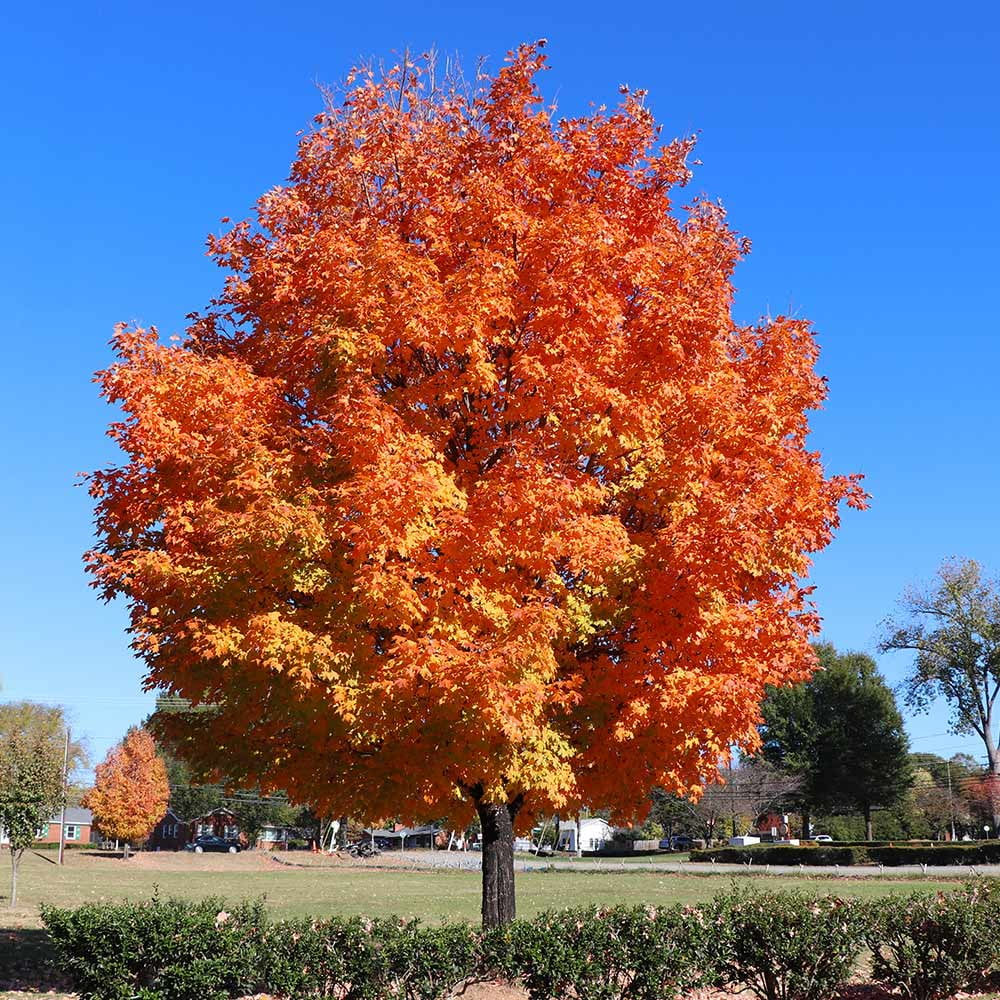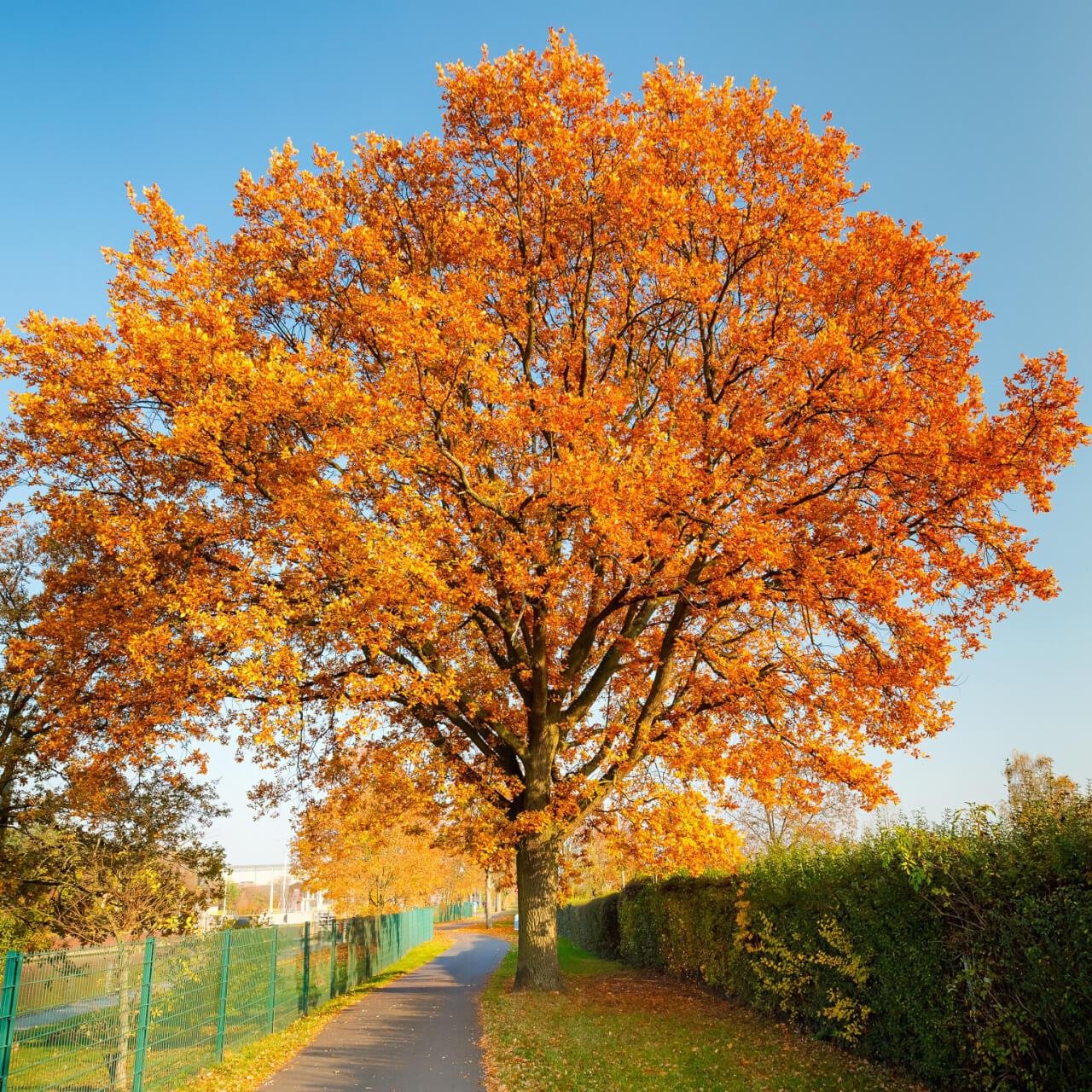The Benefits and Guidelines for Planting Trees in the Fall
Planting trees is a rewarding and impactful way to contribute to the atmosphere and create a more sustainable future. While spring is often considered the primary planting season, fall is also an excellent time to plant trees. Fall planting offers several unique advantages that can lead to healthier and more successful tree growth. In this information, we will explore the benefits of fall tree planting and provide guidelines to help you make the most of this season for tree planting.
Benefits of Fall Tree Planting
Cooler Temperatures: One of the significant advantages of planting trees in the fall is the cooler and more moderate temperatures. Unlike the scorching heat of summer, fall offers a milder climate that reduces stress on newly planted trees. Cooler temperatures mean the trees are less likely to experience heat stress or excessive water loss through transpiration.
Soil Conditions
Fall planting provides trees ample time to establish their root systems before winter. The soil is still warm from summer, encouraging root growth, while the cooler air temperatures prevent excessive water loss from leaves. Additionally, fall often brings more consistent rainfall, ensuring that the trees receive adequate moisture during the critical establishment phase.
Reduced Stress: Transplanting trees can be a stressful experience, as they need to adapt to a new environment and establish new roots. Planting in the fall gives trees a head start, as they have several months to acclimate to their new surroundings before the next growing season. This reduced stress allows trees to focus their energy on root development rather than immediate top growth.
Less Competition: In many regions, fall is when annual plants have completed their life cycle, and perennials are preparing for dormancy. This means less competition for water, nutrients, and sunlight, allowing newly planted trees to establish themselves without as much competition from other vegetation.
Faster Growth: Trees planted in the fall often experience more rapid growth in the following spring. They have had time to establish robust root systems essential for supporting healthy above-ground growth. Fall-planted trees are better equipped to take advantage of favorable growing conditions by spring.
Availability of Nursery Stock: Nurseries tend to have a wider diversity of tree species and sizes available in the fall as they prepare for the planting season. This gives you more options and makes finding the perfect tree for your landscape easier.
Guidelines for Successful Fall Tree Planting:
Choose the Right Tree: Before planting, carefully consider the climate, soil type, and available space in your landscape. Select tree species that are well-suited to your region's conditions. Native trees are often a good choice, as they are adapted to local environments and require less maintenance.
Timing: Aim to plant trees at least 4-6 weeks before the first hard frost. This provides enough time for the trees to establish roots before winter. In most regions, this means planting from mid-September to mid-October.
Site Preparation: Removing weeds, grass, and debris prepares the planting site. Dig a bore twice as wide as the tree's root ball and roughly the same depth. This loosens the soil and provides space for roots to expand.
Root Care: Before planting, inspect the tree's roots. If they circle the root ball, gently loosen it to encourage outward growth. Place the tree in the hole at the same depth it was growing in the nursery, backfill it with soil, and ram it down gently to eliminate air pockets.
Mulching: Apply a layer of organic mulch close to the tree's base, leaving a few inches of space around the trunk. Mulch helps retain soil moisture, regulate temperature, and suppress weed growth.
Watering: Proper watering is essential for the success of fall-planted trees. Water the tree after planting to settle the soil and promote root contact. Throughout the fall and winter, continue to water if the soil is dry and hasn't frozen. Be cautious not to overwater, as soggy soil can lead to root rot.
Protect from Wildlife: As trees are established, they can be vulnerable to browsing by deer or other wildlife. Consider using protective measures like tree wraps or fencing to prevent damage.
Pruning: It's generally best to avoid heavy pruning immediately after planting. However, you can remove dead or damaged branches to encourage healthy growth.
Monitor and Maintain: Regularly check on your newly planted trees throughout the fall and the following season. Monitor for signs of stress or disease and address any issues promptly.
Long-Term Care: Remember that planting a tree is a long-term commitment. Trees provide many benefits to the environment and your landscape but require ongoing care, including pruning, mulching, and occasional watering during dry periods.
In conclusion, fall tree planting offers numerous advantages for establishing healthy, resilient trees. The cooler temperatures, conducive soil conditions, and reduced stress make this season an ideal time to plant trees. By following the guidelines outlined above, you can increase the likelihood of successful tree establishment and enjoy the benefits of your efforts for years to come. Whether planting for shade, aesthetics, or environmental impact, fall is a fantastic opportunity to contribute positively to your surroundings through tree planting.
Read more

In the gardening and landscaping world, lush greenery's allure knows no bounds. Every element contributes to the tapestry of natural beauty surrounding us, from towering trees to vibrant flowers. A...

A native plant grows naturally or has existed for many years in a local region. Ferns indigenous to a region grow best in that region. Ferns vary in form, habitat, size, and texture. TN Nursery off...





